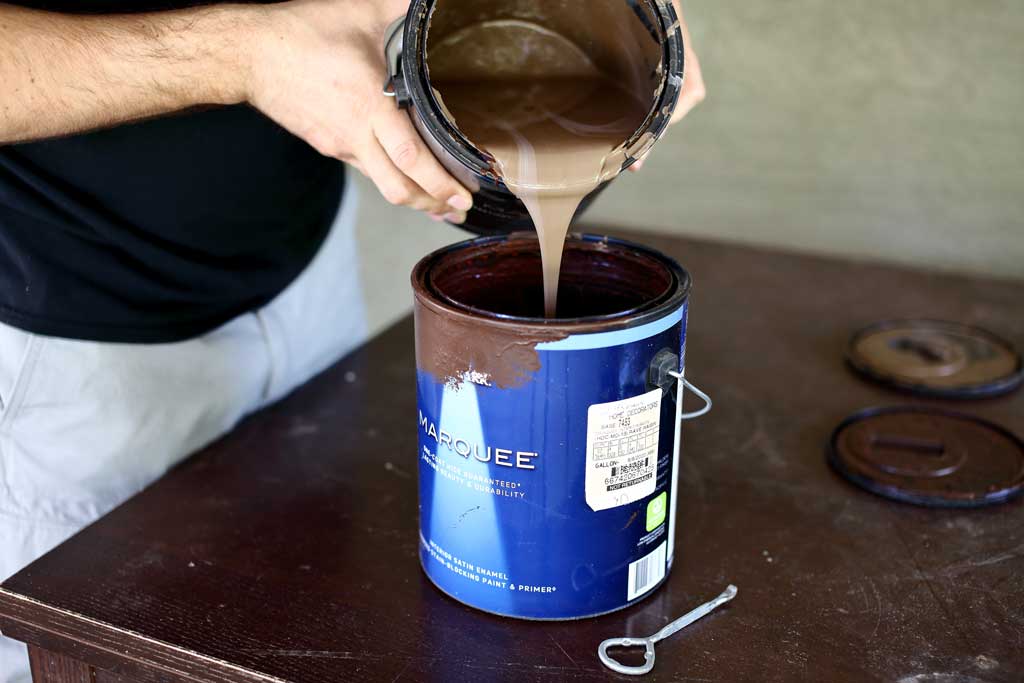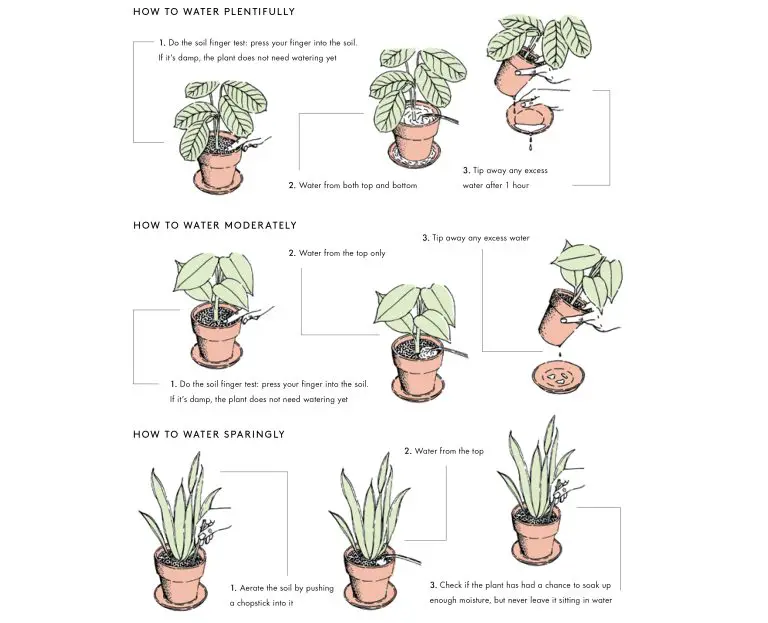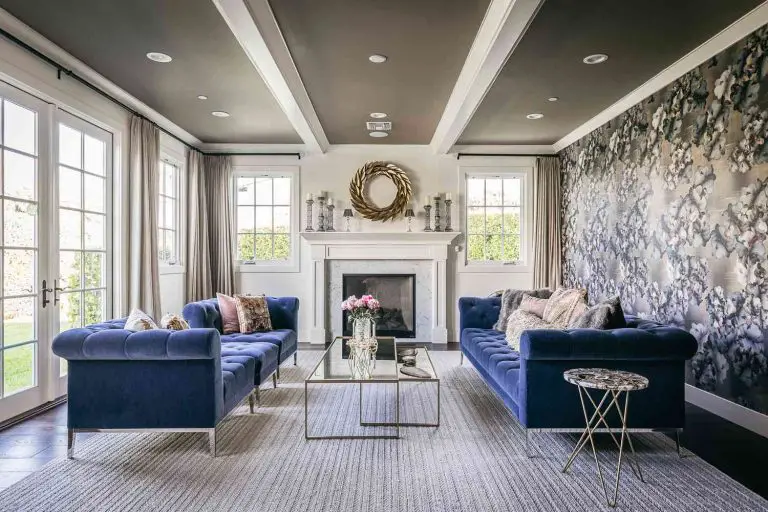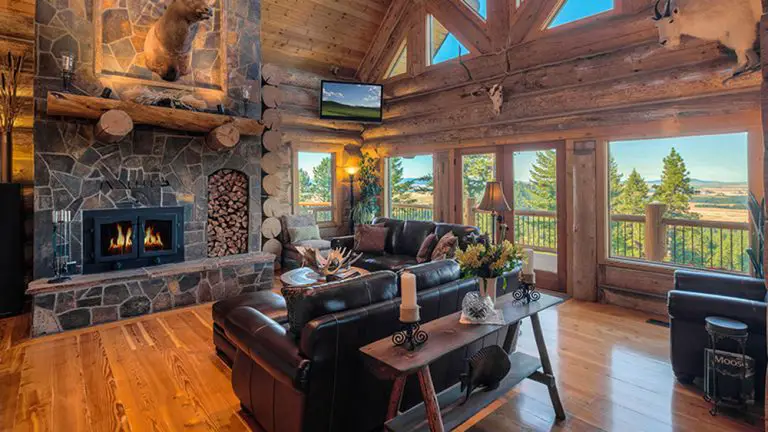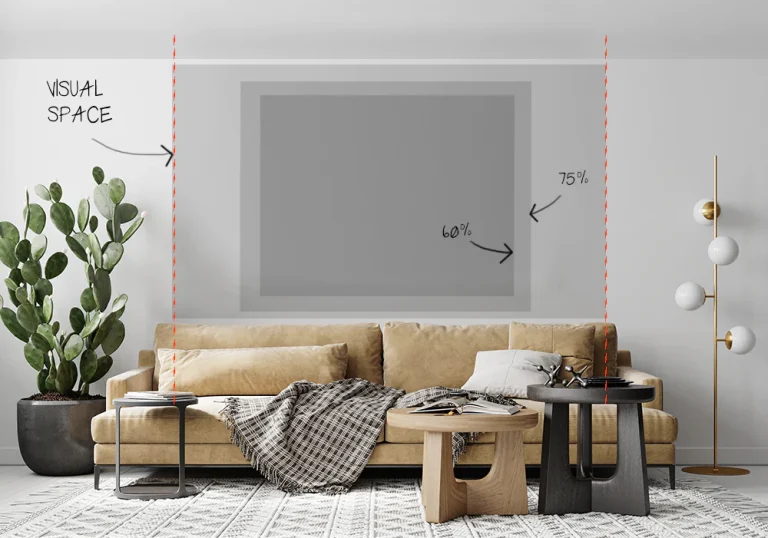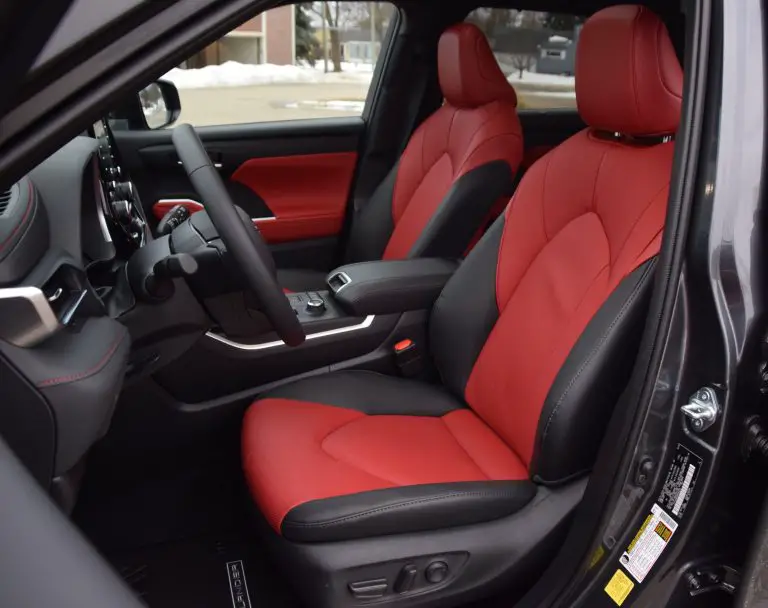Can You Mix Interior And Exterior Paint
Mixing interior and exterior paint can be a viable solution in certain scenarios. Interior paint is made to adhere to surfaces that are usually dry and non-porous, while exterior paint is designed to adhere to surfaces that are exposed to weather and moisture. A combination of the two can sometimes create a paint that is more durable and provides better protection for outdoor surfaces. It is important to understand the differences between interior and exterior paint and the conditions of the surface to be painted before attempting to mix the two.
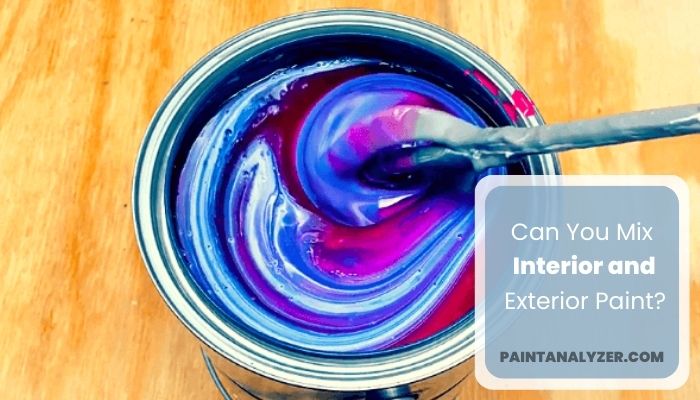
What Is Interior Paint?
Interior paint is a decorative and protective coating used to enhance the look and feel of a home’s interior walls, ceilings, trim, and other surfaces. It can be applied in a variety of finishes, ranging from flat to high gloss, and comes in a variety of colors. Interior paint can be used to liven up a dull room, set the mood of a specific space, or simply protect the surface against dirt, dust, and other everyday wear and tear. Interior paint is highly versatile, and an affordable way to transform the look of any room.
What Is Exterior Paint?
Exterior paint is a protective coating designed to be applied to the outside of a structure to protect it from the elements. It is typically used on homes, buildings, and other structures to provide a layer of protection from the sun, wind, rain, and other environmental factors. Exterior paint also enhances the appearance of the structure, adding color and texture to its exterior. It is available in a variety of finishes, from glossy to matte, and in a range of colors. When choosing exterior paint, it’s important to consider the type of surface you’ll be painting, the local climate, and the desired durability and appearance. With the right paint, you can ensure your home or building looks great and stays protected for years to come.
Are Interior and Exterior Paints Compatible?
Interior and exterior paints may look similar, but they are not necessarily compatible. Interior paints are designed for use in sheltered, temperature-controlled environments, while exterior paints are designed for use in all sorts of weather. Exterior paints are designed to withstand moisture, UV rays, and extreme temperatures, and have additives that make them more durable. Interior paints don’t have these additives and may not be able to withstand the elements. In other words, while you may be able to use exterior paint inside, you should not use interior paint outside. When it comes to your home’s surfaces, play it safe and use the right paint for the job!
Tips for Mixing Interior and Exterior Paint
When it comes to painting your home, it can be difficult to achieve the perfect combination of interior and exterior paint. To make the process easier, here are some tips for mixing interior and exterior paint:
1. Choose the right paint: Whether you opt for latex, acrylic, or oil-based paint, make sure the paint is designed specifically for the area you’re painting.
2. Understand the differences in paint: Interior paint is formulated differently than exterior paint, so make sure you understand the differences between the two before mixing them.
3. Apply primer: Primer helps seal and protect the paint, so make sure to apply it to both interior and exterior surfaces before painting.
4. Mix the paints: To mix the two types of paint, it’s best to use a paint mixer or a drill with a paint mixer attachment.
5. Test the color: Once the paints are mixed, it’s important to test the color on a scrap piece of wood or drywall to ensure it’s the exact color you’re looking for.
Following these tips will help you create the perfect mix of interior and exterior paint for your home. With the right combination of paints, you can create a stunning look that stands out from the rest.
Considerations When Mixing Interior and Exterior Paint
When it comes to mixing interior and exterior paint, there are many things to consider. First, it is important to consider the type of paint you are using for each application. Interior paint is designed to be more durable and resistant to wear and weathering, while exterior paint is formulated to stand up to the elements. Additionally, the colors you choose need to be compatible with the space you are painting. For example, if you are painting a room that receives a lot of sunlight, you should select lighter shades of paint to prevent fading. Finally, make sure to use the appropriate materials for the job, such as primer and sealant, to ensure the best possible results. Taking the time to think through these considerations will help you create the perfect look for your interior and exterior paint.
Pros and Cons of Mixing Interior and Exterior Paint
Mixing interior and exterior paint can be both a practical and aesthetic decision. On the practical side, mixing interior and exterior paint can be a cost-effective way to get the desired color for your project, as you may not need to purchase a new can of paint for each. On the aesthetic side, mixing interior and exterior paint can add depth and dimension to a space, as the two paints can provide different levels of opacity and sheen. However, there are a few things to consider before mixing interior and exterior paint. Exterior paint is typically more durable and formulated to withstand the weather, whereas interior paint is typically not. Additionally, interior and exterior paints have different ingredients, which can create a less-than-desirable color when mixed. Ultimately, mixing interior and exterior paints can be a savvy way to get the look you want for your project, but it’s best to consult with a professional to ensure you get the desired results.
Common Mistakes When Mixing Interior and Exterior Paint
From color coordination to knowing the exact ratio of paint to water, mixing interior and exterior paint can be a tricky process. There are some common mistakes that people make when mixing interior and exterior paint. For example, using the wrong kind of primer for the job. Primer is important for ensuring that the paint adheres properly to the surface and also provides a base for the paint to adhere to. Using the wrong kind of primer can lead to peeling, cracking, and fading. Additionally, mixing the wrong ratio of paint to water can also lead to a poor job. Too much paint can lead to a thick, glossy finish, while too little can lead to an uneven, streaky finish. Finally, people often forget to use a sealant when painting exterior surfaces, which can lead to the paint fading or chipping off. Taking the time to properly prepare surfaces for painting and mixing the correct ratio of paint to water can help ensure a successful paint job.
Conclusion
Mixing interior and exterior paint can be done, but it is not recommended due to the differences in the paint’s formulas. Interior paint is designed to be more flexible and breathable, while exterior paint is formulated to be more durable and weatherproof. Mixing the two types of paint may result in a less than satisfactory finish. It is best to use the proper paint for the job to ensure optimal results.

